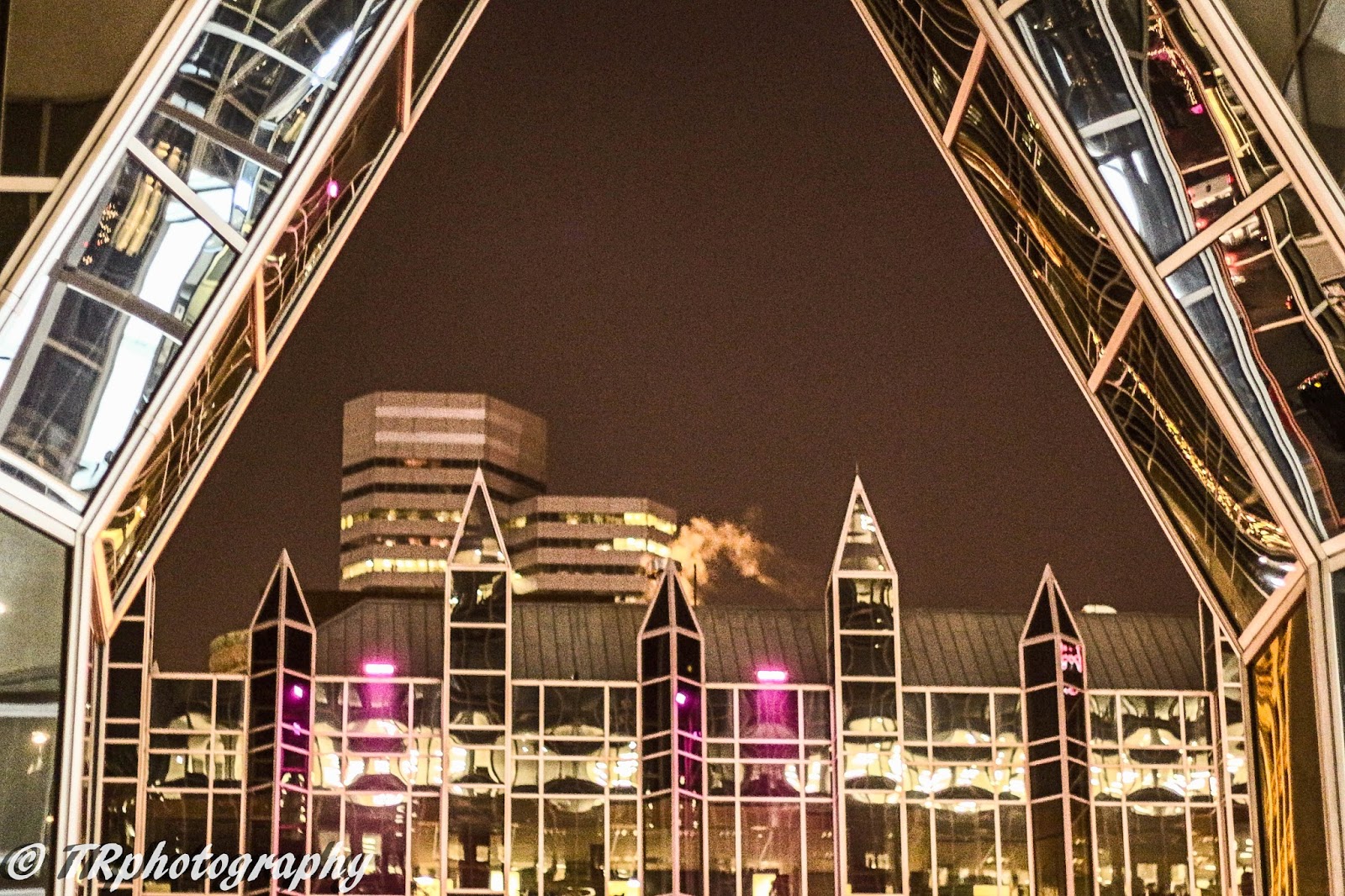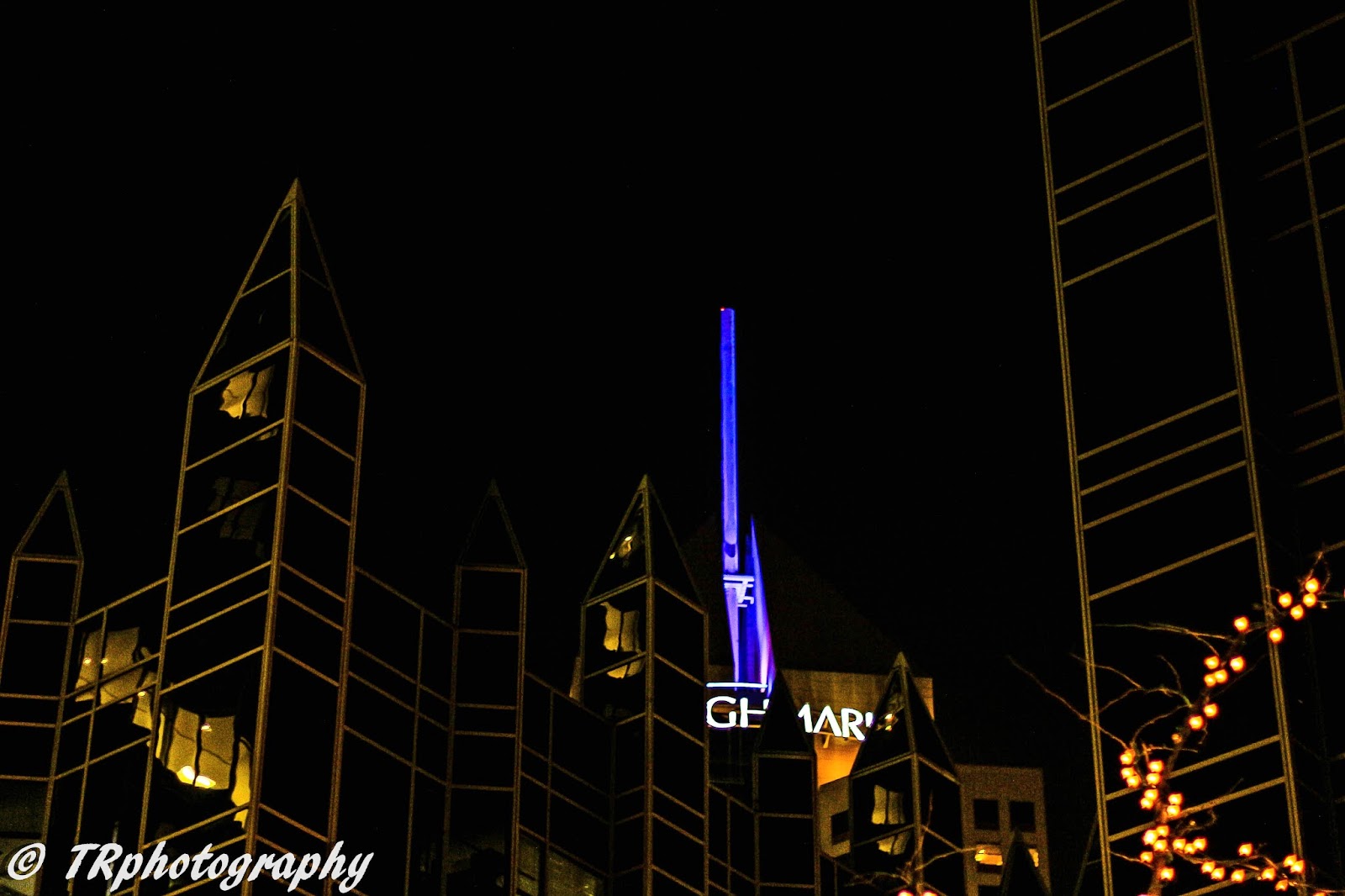Land situated between Shady Avenue and Fifth Avenue in Pittsburgh's Point Breeze neighborhood was once the foundation to the largest mansion in the city, belonging to industrialist, philanthropist and great banker Richard Mellon. In 1929 he chose renowned landscape architects to create gardens on the property with a modern and aesthetically pleasing approach. Ornate stonework melds perfectly with ironwork and greenspace, creating the most unique park in the city of Pittsburgh. As the war effort progressed and the regions industry reached its pinnacle, the city's wealthy residents moved to greener pastures. The mansion no longer exists but the gardens were left behind and dedicated as a city park in the 1940's. After falling into disrepair, the park was renovated and is home to the Pittsburgh Center for the Arts and the Phipps Garden Center. Walking through the park on a overcast day in early December brings out an aspect of the park not typically seen in its regular green season purpose. The massive trees make for a fantastic backdrop for the contrast between the stonework and ironwork. With the natural lighting being poor, the necessary use of black and white photography truly brings out the historic feel of the park.
In contrast to Mellon Park sits a plaza in downtown Pittsburgh nestled between massive towers of steel and glass, PPG Plaza. PPG Place is a testement to Pittsburgh's dedication to innovative urban renewal. The site takes up six city blocks and sits on the former Kings Garden and Orchard that sat right outside of Fort Pitt. The towers were meant to showcase PPG's, the anchor tenants product which to this day makes the structure highly energy efficient. The over 19,000 plates of glass reflect away heat during the hot months and keep in heat during the cold months.The design drew inspiration from local structures like the Allegheny County Courthouse and Cathedral of Learning and has been deemed the crowned jewel of the Pittsburgh skyline. Today the plaza in the center is home to expansive fountains, recreational space, artwork and an ice rink just steps away from Point State Park and Market Square. During the holiday season it is the centerpiece for holiday displays highlighted by the multicolored lights that shine from the top of the towers throughout the year. Using the HDR setting on my camera allowed for photographs that bring out the colored lights and contrast in the glass plates.
Mellon Park
PPG PLACE
(Wintergarden, Market Square and PPG Plaza)






















































.jpg)

.jpg)





.jpg)















.jpg)

















.jpg)





























